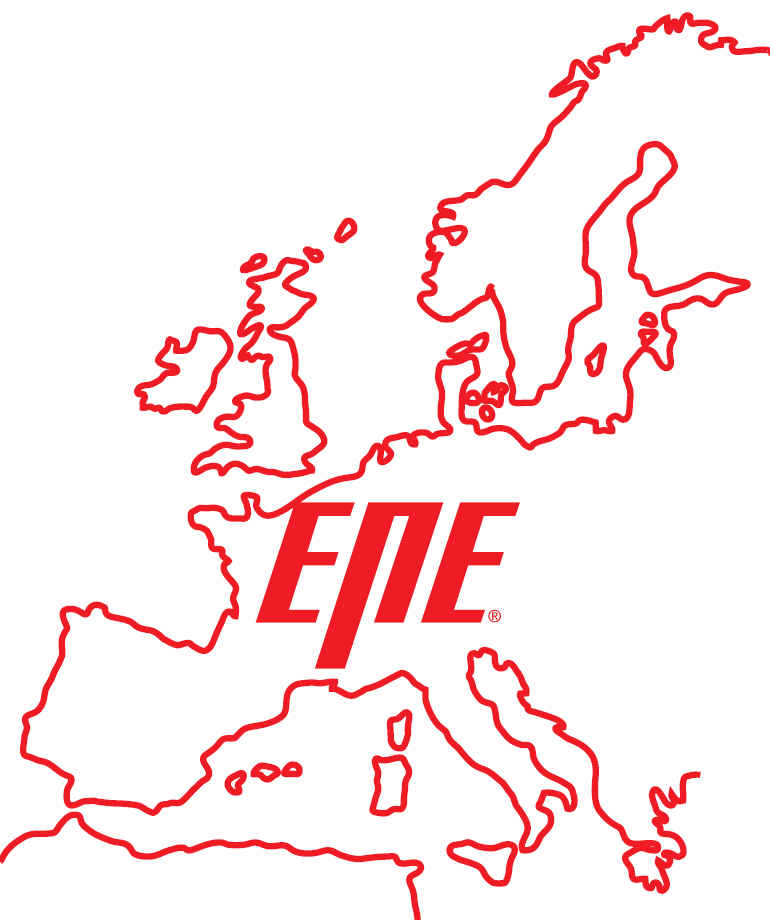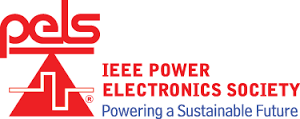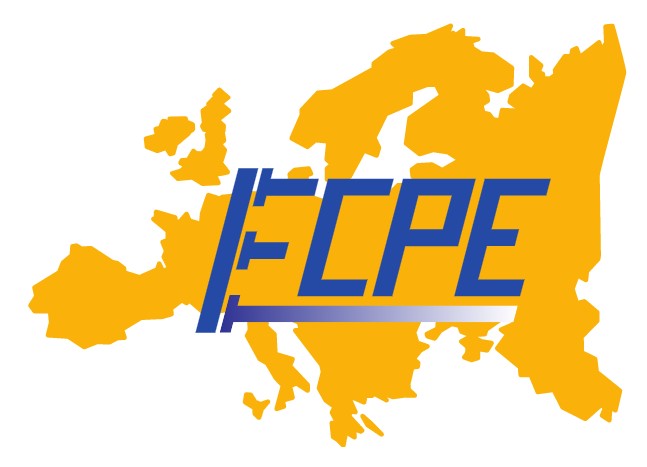The following tutorials are planned for Monday 5 September 2022:
Location:
The tutorials will take place at the Leibniz University of Hannover, Welfengarten 1, 30167 Hannover
TUTORIAL N° 01
Afternoon
(14:00 – 17:30)
Switching Loss Measurements in Power Semiconductors
LECTURE ROOM: F 128
- Sebastian SPRUNCK (Fraunhofer Institute for Energy Economics and Energy System Technology IEE, Germany)
- Marco JUNG (Bonn-Rhein-Sieg University of Applied Sciences & Fraunhofer IEE, Germany)
- Christian LOTTIS (Bonn-Rhein-Sieg University of Applied Sciences, Germany)

Focus Topic:
Integration and Adverse Effects of WBG Devices
After providing a brief overview over the operation principle of Double Pulse Tests (DPT), this tutorial highlights the influence of the applied sensing equipment on the measurement. We investigate side effects of current and voltage probes on the Device under Test and provide possible solutions to get better results when characterising fast-switching Wide Band Gap (WBG) power semiconductors. The limits for the DPT method and estimates regarding the accuracy and applicability of the measurement principle are derived as well.
TUTORIAL N° 02
Morning
(09:30 – 13:00)
Reliability of Modern Power Electronics Based Power System (PEPS)
LECTURE ROOM: F 128
- Frede BLAABJERG (Department of Energy Technology, Aalborg University, Denmark)
- Dao ZHOU (Department of Energy Technology, Aalborg University, Denmark)
- Saeed PEYGHAMI (Department of Energy Technology, Aalborg University, Denmark)
Jose RUEDA TORRES (Electrical Sustainable Energy Department, Delft University of Technology, The Netherlands)
Reliable and secure power delivery is essential for the electric power system modernization with low to zero carbon footprint. It requires deploying new technologies and infrastructure as well as deregulating the electricity sector. Some stablished technologies have a considerable role in power system modernization including renewable energy resources, storage systems, electronic transmission and distribution systems, and e-mobility. Notably, power electronics play an underpinning role in the grid modernization. However, it imposes new challenges to reliable planning and operation of power system. So far, the reliability of power electronics has been comprehensively discussed in device- and converter-level, including physics of failure analysis and design for reliability. However, the reliability modeling and enhancement in power system level requires more investigation. This tutorial aims to discuss the reliability of future power electronics-based power system (PEPS) by emerging different aspects of concepts from component up to system level. It contains the following four parts. The first part explains the structure of modern electric grids and its challenges with the restructured environment. The second part describes the fundamentals of reliability in power systems. The next section covers the reliability of PEPS. The last section discusses the approach to bridge the reliability of modern PEPS from converter to power system levels. The main objectives of the tutorial are summarized in the following:
- Introduction to grid modernization, restructuring the power systems, important components of future power grids, the induced challenges by the new technologies (e.g. power electronics, renewable energies, storages, etc.), and the importance of reliability in modern power system.
- Overview on the fundamentals of the conventional power system reliability and risk, failures in power systems, reliability assessment methods and reliability of onshore and offshore power networks.
Bridge between the reliability of power systems and power electronics, reliability modelling and enhancement in PEPS, mission profile analysis and time variant reliability modelling in power electronic systems.
TUTORIAL N° 03
Full Day
(09:30 – 13:00 + 14:00 – 17:30)
Bulk DC-DC Conversion for MVDC Applications
LECTURE ROOM: F 102
- Drazen DUJIC (EPFL – Ecole Polytechnique Fédérale de Lausanne, Switzerland)
- Jakub KUCKA (Siemens AG, Germany)
- Nikolina DJEKANOVIC (EPFL – Ecole Polytechnique Fédérale de Lausanne, Switzerland)
- Gabriele ULISSI (EPFL – Ecole Polytechnique Fédérale de Lausanne, Switzerland)
- Renan BARCELOS (EPFL – Ecole Polytechnique Fédérale de Lausanne, Switzerland)
The tutorial will provide an overview of relevant technologies and concepts for high power DC-DC conversion at MW level, as well as challenges and opportunities in that field. Topics will be covered with sufficient level of details to allow for understanding of design trade-offs associated with these conversion systems, expected performances and impact of various technologies on overall solution.
TUTORIAL N° 04
Morning
(09:30 – 13:00)
Passives in Power Electronics: Magnetic Components
LECTURE ROOM: B 302
- William Gerard HURLEY (National University of Ireland, Galway, IRELAND)
- Ziwei OUYANG (Technical University of Denmark)

Focus Topic:
Integration and Adverse Effects of WBG Devices
This tutorial aims to provide a clear and concise approach to magnetic circuit design for power electronics with emphasis on planar magnetics, based on the fundamentals of electromagnetics. It is a strong resource of reference material for researchers. The overall approach is underpinned by a rigorous methodology with emphasis on the fundamentals and incorporating both depth and breadth in the examples and setting out up to date design techniques.
TUTORIAL N° 05
Morning
(09:30 – 13:00)
LECTURE ROOM: F 142
- Munaf T. A. RAHIMO (MTAL GmbH, Switzerland)

Focus Topic:
New Power Electronic Devices
Over the past four decades, the silicon IGBT and companion Fast Recovery Diode have established themselves as the devices of choice in the vast majority of medium to high voltage power electronics applications. This dominant role has been achieved by the tremendous advancements over the years in Silicon material quality, advanced processing techniques and evolving design concepts. Despite the emergence of high power SiC MOSFETs, the IGBT/Diode prominent position is set to continue for many years to come due to the mature and cost-effective technology platforms and continuous technology advancements for improved overall performance. This tutorial will cover a wide range of IGBT/Diode related topics including basic device principles (structure, operational modes), electrical / reliability performance (Losses, SOA, device stability and failure modes), current and future development trends (advanced trench concepts, RC-IGBTs) and future outlook in relation to SiC MOSFETs.
TUTORIAL N° 07
Afternoon
(14:00 – 17:30)
Wide Band-Gap Semiconductor Devices: State-of-the-Art and their Application Basics
LECTURE ROOM: B 302
- Nando KAMINSKI (University of Bremen, Germany)
- Eckart HOENE (Fraunhofer IZM, Germany)

Focus Topic:
New Power Electronic Devices
Wide bandgap (WBG) semiconductors enable the next generation of power electronics. Due to their potentially lower conduction losses and lower switching losses SiC and GaN based devices pave the way towards more efficient and more compact power electronics systems. However, the devices have to be used properly to achieve the said advantages and to achieve a reliable operation. Circuit parasitics limit the achievable switching speed and chip cost force high current densities. On top come some peculiarities of the materials, which still have to be considered.
TUTORIAL N° 16
Afternoon
(14:00 – 17:30)
LECTURE ROOM: F 142
- Marco LISERRE (Christian-Albrechts-Universität zu Kiel, Germany)
- Marius LANGWASSER (Christian-Albrechts-Universität zu Kiel, Germany)
- Rongwu ZHU (Harbin Institute of Technology, Shenzhen, China)
Hossein IMAN-EINI (School of Electrical and Computer Engineering, University of Tehran, Iran)
The modular multi-level converter is a promising technology for multi-terminal dc grids. In this context, this tutorial is intended to introduce the recent advancements of the modular multi-level converter dealing with control and fault management of such grids. The tutorial will present latest research activities on modular multi-level converter technology and address the increasing importance of reliability and maintenance issues. Not only the audience will understand how to design and control a reliable modular multi-level converter itself, but also how this technology can help to protect multi-terminal dc systems and increase the overall system reliability.
TUTORIAL N° 21
Morning
(09:30 – 13:00)
Integrated Motor Drives Using SiC and GaN Wide Bandgap Devices
LECTURE ROOM: F 107
- Bulent SARLIOGLU (University of Wisconsin-Madison, USA)

Focus Topic:
Electrification of Aircraft
The scope of this tutorial is present the new developments on integrated motor drives using SiC and GaN wide bandgap devices. Integrated motor drives have many benefits; eliminating the cable between the motor and power electronic converter, reducing EMI emissions, achieving joint cooling of the motor and converter, and reducing weight, volume, and cost. There is a growing interest in integrated motor drives in many areas, including electric vehicles and aerospace, due to their high power density, compactness, and cost savings. By attending this tutorial, participants will learn about integrated motor drives, new semiconductor switches, and challenges and opportunities creating high power density integrated motor drives for next generation products and systems.
TUTORIAL N° 22
Full Day
(09:30 – 13:00 + 14:00 – 17:30)
Understanding Lithium-Ion Batteries as a partner of Power Electronics
LECTURE ROOM: B 305
- Dirk-Uwe SAUER (RWTH Aachen University, Germany)
- Alexander BLÖMEKE (RWTH Aachen University, Germany)

Focus Topic:
Batteries in Power Electronics
The objective of tutorial is to present:
- How lithium-ion batteries work,
- What the state of the art is and what new developments can be expected in the coming years,
- What performance you can expect from different products and chemistry,
- How to assess the safety of lithium-ion batteries,
- What the dominant ageing processes in lithium-ion batteries are and how they are related to the operating conditions, and
- What dynamic properties lithium-ion batteries have and how these can be modelled with impedance-based models and measured with impedance spectroscopy.





